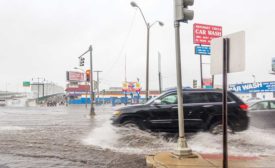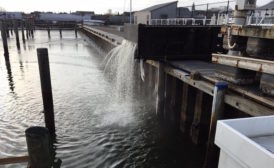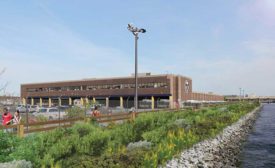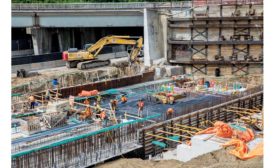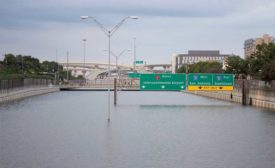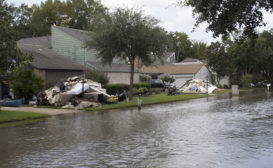Home » climate change
Articles Tagged with ''climate change''
Damage Mounts in Massachusetts After Record Low Temperatures Follow Record High Tides
Ruptured water and sewer lines from Boston to Nantucket expose aging infrastructure
Read More
Flooding Damage From Massive Winter Storm in Massachusetts Will Take Weeks to Assess
Frigid temperatures will complicate cleanup and damage assessment efforts
Read More
Hurricanes Propel Forward Thinking on Risk, Resilience
Climate-change issues loom larger as hurricane-ravaged regions struggle to recover
Read More
The latest news and information
#1 Source for Construction News, Data, Rankings, Analysis, and Commentary
JOIN ENR UNLIMITEDCopyright ©2025. All Rights Reserved BNP Media.
Design, CMS, Hosting & Web Development :: ePublishing


